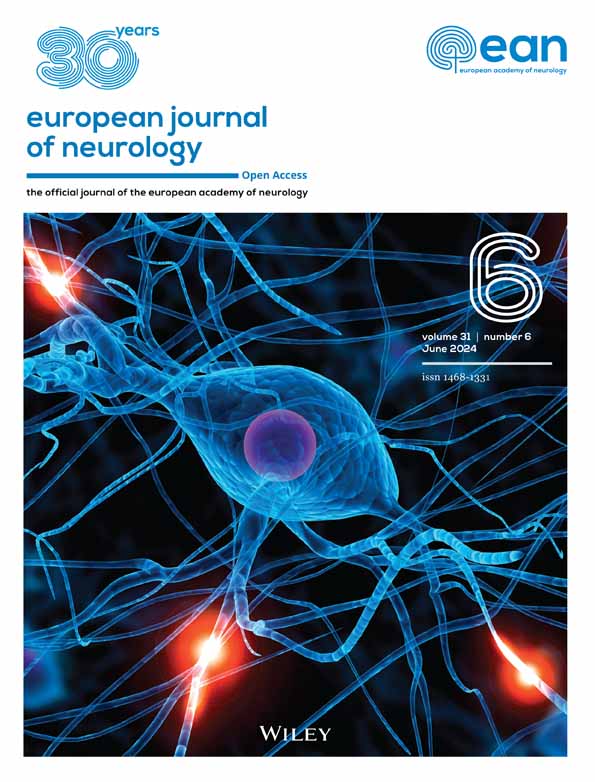Reevaluating the impact of antihypertensive medication on intracranial aneurysm formation: a call for clarification and further study
Recently, we read with great interest the article ‘Use of antihypertensive medication and formation of de novo intracranial aneurysms’ by Räisänen et al. [1]. The study found that antihypertensive drugs were not associated with a reduction in de novo saccular intracranial aneurysm (sIA) formation, with the hazard ratio (HR) estimated at 1.60 (95% confidence interval [CI] 0.84–3.06) in the multivariate analysis. Given that hypertension is consistently identified as a risk factor for the formation and rupture of sIA in various reports [2], it seems counterintuitive that antihypertensive drugs do not exhibit a protective effect against the formation of sIA. We believe there are some aspects in the article that might benefit from the authors' clarification.
The conclusion that antihypertensive medication did not significantly reduce de novo sIA formation was based on a multivariate analysis, which included variables such as being female, age at primary presentation, positive family history of IAs, multiple sIAs, positive smoking history and regular antihypertensive medication. From our perspective, the authors did not include the well-established risk factor of hypertension in their model. It is obvious that people who take antihypertensive drugs are most likely to be hypertensive patients. We believe their results simply reflect the fact that hypertension is a risk factor for sIA. To adequately test the hypothesis that antihypertensive medication reduces sIA formation, the study population ideally should comprise solely hypertensive patients with sIA, subsequently categorized into two groups: those using antihypertensive drugs and those not using them. Comparing the incident rate of de novo sIA between these two groups would more accurately address the hypothesis. The same applies to the results in figure 2, where the last graph, labelled ‘d’, shows that the group not using antihypertensive medication exhibited the lowest sIA formation rate compared to the groups using such medication. Participants who do not use hypertensive medication are simply indicative of not being hypertensive. Hence, we cannot infer from this graph that the absence of antihypertensive medication might be beneficial for reducing the risk of sIA formation.
In table 3, presenting four multivariate analyses, the difference between models 2 and 3 is the inclusion of regular usage of any other antihypertensive medication, which is included in model 3. However, we noted a discrepancy in the number of cases in the variable for regular usage of inhibitors of the renin–angiotensin system: 508/910 versus 508/1418. Additionally, in model 2, regular usage of inhibitors of the renin–angiotensin system is a non-significant risk factor (HR 1.47; 95% CI 0.76–2.84), whereas in model 3 it became a non-significant protective factor (HR 0.57; 95% CI 0.28–1.15). Further explanations on this observation would be valuable.
That being said, we do find this study interesting and meaningful. In particular, the finding that irregular use of antihypertensive drugs seems to carry additional risks compared to regular use, in our opinion, suggests a potentially overlooked effect of blood pressure fluctuation on the risk of sIA formation or rupture.
Ultimately, we believe that a redesign of the study is necessary to conclusively answer the formulated hypothesis regarding the impact of antihypertensive drugs on sIA formation.
AUTHOR CONTRIBUTIONS
Jizong Zhao: Writing – review and editing. Zihan Yin: Conceptualization; writing – original draft. Anjie Wang: Writing – review and editing.
CONFLICT OF INTEREST STATEMENT
The authors have no conflicts of interest.
Open Research
DATA AVAILABILITY STATEMENT
Data sharing not applicable to this article as no datasets were generated or analysed during the current study.




